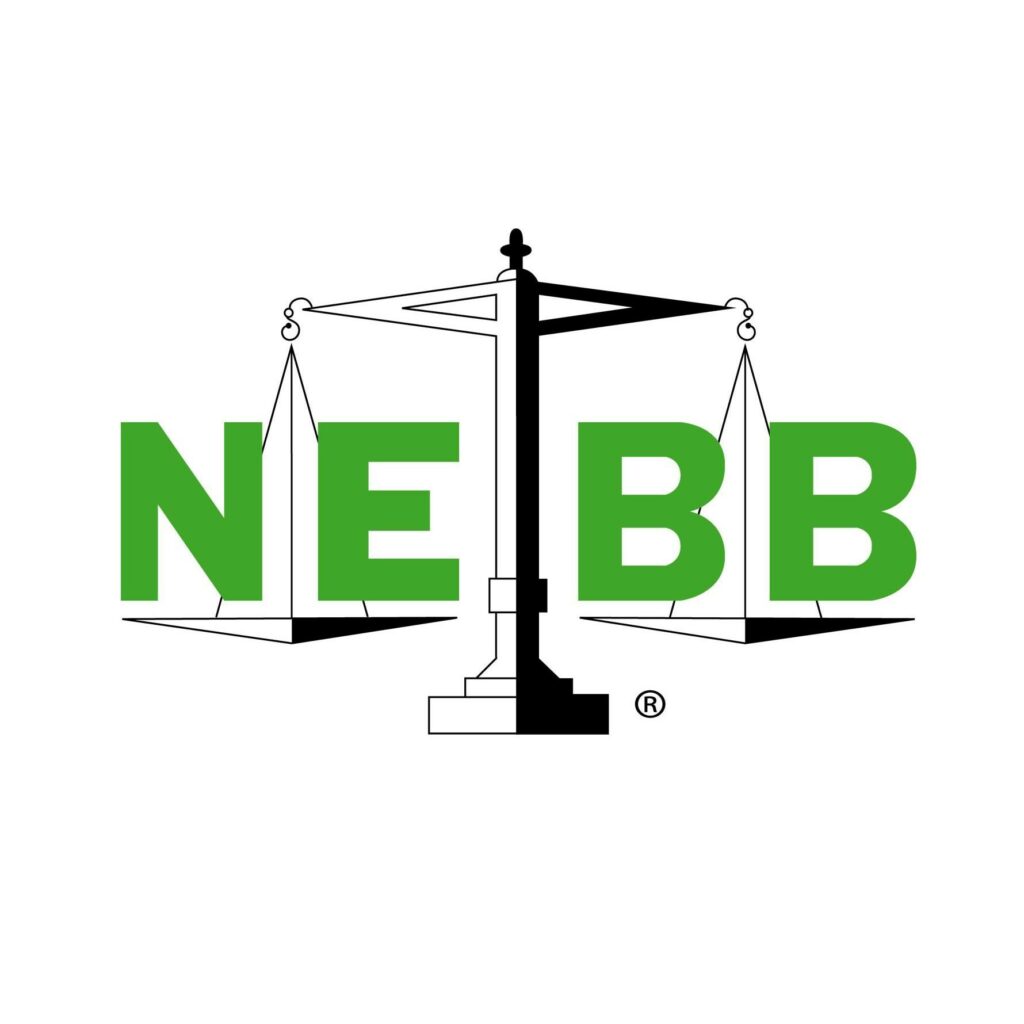Client: “I am interested in having you design for me a new building on a vacant lot I own. The adjacent buildings are over 100 years old – my main priority is to build a building like they used to so I can pass the building down to my children. You know, design it ‘Old School!’”
Architect: “Alright, let’s discuss how we will go about designing your new building – old school. First, we will make the walls 3 to 4 bricks thick, and the interior finish will be a real 3-coat plaster troweled to the interior of the brick. Such construction is highly forgiving of moisture that will enter the building, with the ability to store it and then release it and dry out later without unduly damaging the material. Some mold may grow during a wet, humid summer, but it will be gone by fall.
For the wooden dormers above the roof, I think we can get some protected old-growth timber cut through the black market. Old-growth timber with tight growth rings is dimensionally stable and more rot-resistant. Too bad they cut most of it down 200 years ago.
To protect the wood, I have a contact who still has some cans of old-fashioned high lead paint that he kept hidden for all these years. Lead, as a paint additive, is toxic to microorganisms that attack wood and helps paint flow easily. The paint industry had to work very hard to replace it when banned.
For insulation, we can probably procure some high asbestos content material from overseas. Asbestos is an amazing natural product – fireproof, great insulator, and high tensile strength.
We will make sure the building is poorly insulated, with lots of gaps in the siding and trim to promote air movement. Leaky buildings tend not to trap moisture. Watch out when the wind blows, though – you will be able to feel the air movement on a cold winter day! Of course, we will need a big masonry chimney with a large flue for the mechanical systems.
To heat our proposed building, we will install a 75% efficient conventional fossil fuel furnace. All winter long, it will depressurize the building, pulling cold, dry air through the gaps in the building enclosure and sending the hot flue gas after combustion up and out the large chimney.
In the summer, we will install an oversized air conditioner. We will pressurize the building, sending the nice cool, dry air from the AC through the building enclosure. Thus both summer and winter, we will be using energy to dry the building enclosure. Build it and operate it ‘old-school’, as I suggest, and I can assure you, it will last a long time.”
Client: “But those thick brick walls and plaster will be very expensive to build. It certainly is not very environmentally friendly to harvest old-growth timber. Lead-based paint and asbestos are dangerous to human health! With all the cold drafts, the building will be very uncomfortable in the winter. Moreover, think of the energy bills, not to mention that my building will be promoting global warming! I am not sure I like your ideas, Mr. Architect.”
Architect: “So let me get this straight. You want a modern, energy-efficient, comfortable, and sustainable building AND one that lasts a long time? Why didn’t you tell me that from the start? I am convinced we can design and construct buildings that meet all your criteria, but we have to be smart.
We can learn many valuable lessons from the last 20,000 years of human construction, but we also need to be innovative and clever if we are to make them sustainable. Physics has not changed in this time, but many construction materials have changed. Some were banned because of the unpleasant tendency to kill people.
Modern science has also developed some wonderful new products. We have also developed the knowledge of how to integrate construction materials, techniques, and mechanical systems to achieve your goals. Some rules of the game are the same, and some rules have changed – for the better.
Now for a more important question. What color tile do you want for the sink backsplash?”

Looking to get NEBB Certified? Request your application today.